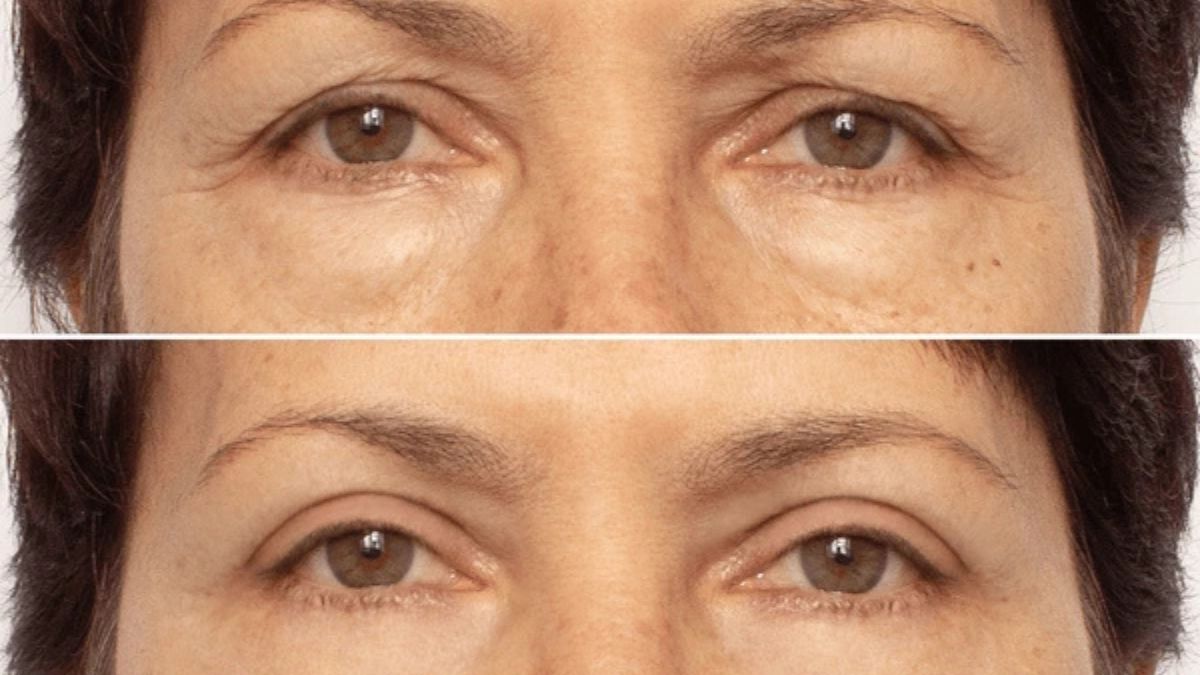As we age, the appearance of wrinkles and fine lines becomes more prominent due to a combination of natural aging processes, environmental factors, and lifestyle choices. For decades, people have sought ways to counteract these visible signs of aging, and one of the most popular and effective solutions today is Botox. Botox injections offer a non-surgical way to temporarily reduce wrinkles and help individuals maintain a youthful appearance. But how long can Botox keep wrinkles at bay? In this comprehensive guide, we will explore how Botox works as an anti-aging treatment, how long its effects last, and what factors can influence its longevity.
For those interested in Botox for both cosmetic and medical uses, including conditions such as Botox TMJ (Temporomandibular Joint Disorder), it’s essential to understand the treatment’s capabilities and limitations.
How Does Botox Work for Anti-Aging?
Botox, short for botulinum toxin, is a purified neurotoxin derived from the bacterium Clostridium botulinum. It works by temporarily paralyzing the muscles responsible for causing dynamic wrinkles—those that form due to repeated facial expressions like smiling, frowning, or squinting. When injected into targeted muscles, Botox blocks the nerve signals that cause these muscles to contract, which leads to a smoother and more relaxed appearance on the skin’s surface.
The treatment is particularly effective in reducing or eliminating wrinkles in areas such as:
- Forehead lines
- Crow’s feet (lines around the eyes)
- Frown lines between the eyebrows (glabellar lines)
- Neck bands
Botox doesn’t directly address static wrinkles, which are lines that develop due to aging and loss of skin elasticity rather than muscle movement. However, by preventing repetitive muscle movements, Botox can slow down the formation of new wrinkles and keep existing ones from deepening.
How Long Do Botox Results Last?
The effects of Botox are not permanent, but they do offer a temporary reduction in wrinkles. On average, the results of Botox injections last for about three to six months. After this period, the treated muscles begin to regain their ability to contract, and the wrinkles will gradually reappear, albeit less severe than before, especially with consistent use.
The Timeline of Botox Effects
- Immediate Post-Treatment (Days 1-3): After the injection, you may experience some redness, swelling, or bruising at the injection sites. These side effects are typically mild and subside within a day or two. Botox does not provide instant results; it takes time for the neurotoxin to begin working.
- Initial Results (Days 4-7): By the end of the first week, you should start to notice a reduction in muscle activity in the treated areas. Wrinkles and fine lines will begin to smooth out as the muscles relax.
- Full Results (2 Weeks): The full effects of Botox will be visible after about two weeks. At this point, the treated areas will appear smoother, with significant reduction or elimination of dynamic wrinkles.
- Peak Effectiveness (Months 1-3): For the first three months, Botox is at its peak effectiveness, providing optimal wrinkle reduction. This is when the skin looks the smoothest, and the results are most noticeable.
- Gradual Decline (Months 4-6): As Botox begins to wear off, muscle activity will slowly return, and wrinkles may begin to reappear. However, the wrinkles will likely be less pronounced than they were before treatment, especially if Botox has been used consistently.
Factors That Influence How Long Botox Lasts
While the typical duration of Botox effects ranges from three to six months, several factors can influence how long Botox lasts for each individual. These include:
1. Dosage and Injection Technique
The amount of Botox injected and the expertise of the injector play significant roles in how long the results last. An experienced provider will be able to administer the appropriate amount of Botox in the right areas to achieve optimal, long-lasting results. If too little Botox is used, the effects may wear off more quickly. On the other hand, excessive doses can result in over-paralysis of the muscles, which may lead to unnatural expressions or longer recovery times.
2. Individual Metabolism
Each person’s body metabolizes Botox at a different rate. Some individuals may naturally break down the neurotoxin more quickly than others, causing the effects to wear off sooner. Individuals with faster metabolisms may notice that their Botox results last closer to the three-month mark, while others may experience effects for up to six months.
3. Muscle Activity and Strength
Stronger, more active muscles tend to break down Botox more quickly. For example, individuals who frequently make expressive facial movements or have stronger muscles in the treated areas may find that their Botox results do not last as long as someone with less muscle activity. Areas like the forehead and around the eyes may require more frequent touch-ups for individuals with highly expressive faces.
4. Lifestyle Factors
Certain lifestyle habits can also influence how long Botox lasts. For instance:
- Sun exposure: Excessive sun exposure can cause premature aging and damage the skin, potentially affecting the longevity of Botox results.
- Smoking: Smoking can accelerate the aging process and reduce the effectiveness of Botox treatments.
- Stress: High stress levels can cause the muscles to tense up more frequently, which may reduce the duration of Botox effects.
5. Consistency of Treatments
Over time, consistent Botox use can lead to longer-lasting results. Regular treatments may help “train” the facial muscles to stay more relaxed, which can reduce the frequency of required touch-ups. This is why many individuals who have been using Botox for several years often find that they need fewer treatments to maintain their desired appearance.
Can Botox Prevent Wrinkles in the Long Term?
One of the reasons Botox has gained so much popularity, even among younger people, is its potential to serve as a preventative measure against wrinkles. Many individuals in their 20s and 30s opt for Botox treatments to prevent dynamic wrinkles from becoming permanent over time. By temporarily paralyzing the muscles that cause wrinkle formation, Botox can delay the onset of deep, static wrinkles.
Preventative Botox
Preventative Botox is a strategy used to “freeze” muscle activity before wrinkles become deeply etched into the skin. It targets areas where dynamic wrinkles are likely to form, such as the forehead, around the eyes, and between the eyebrows. The idea is that by reducing the frequency and intensity of muscle contractions, you can prevent wrinkles from developing or at least slow their progression.
Many dermatologists and cosmetic professionals support the idea of preventative Botox, especially for individuals with strong facial expressions or those who are predisposed to early wrinkle formation due to genetics. However, it’s important to consult with a qualified professional to determine whether preventative Botox is right for you.
Combining Botox with Other Anti-Aging Treatments
While Botox is highly effective at reducing dynamic wrinkles, it may not address other signs of aging, such as volume loss, skin laxity, or hyperpigmentation. For a more comprehensive anti-aging approach, Botox is often combined with other treatments, such as:
- Dermal fillers: Fillers like Juvederm or Restylane can restore lost volume in areas like the cheeks, lips, and under the eyes. These fillers complement Botox by addressing static wrinkles and providing overall facial rejuvenation.
- Laser treatments: Laser resurfacing or IPL (intense pulsed light) can improve skin texture, tone, and elasticity, addressing issues like sun damage and uneven pigmentation.
- Chemical peels: Chemical peels help to exfoliate the skin, improve its texture, and stimulate collagen production, resulting in a smoother, more youthful complexion.
- Microneedling: This procedure stimulates collagen production and can improve skin texture, helping to reduce the appearance of fine lines, scars, and enlarged pores.
By combining Botox with other anti-aging treatments, individuals can achieve a more comprehensive and long-lasting result that addresses multiple aspects of the aging process.
Conclusion
Botox remains one of the most popular and effective treatments for reducing the appearance of wrinkles and fine lines. While the results are temporary, typically lasting three to six months, consistent treatments can help maintain a youthful appearance and even prevent the formation of deep wrinkles over time. Factors such as dosage, injection technique, individual metabolism, and lifestyle choices all influence how long Botox lasts, but with proper care and regular touch-ups, Botox can keep wrinkles at bay for many years.










